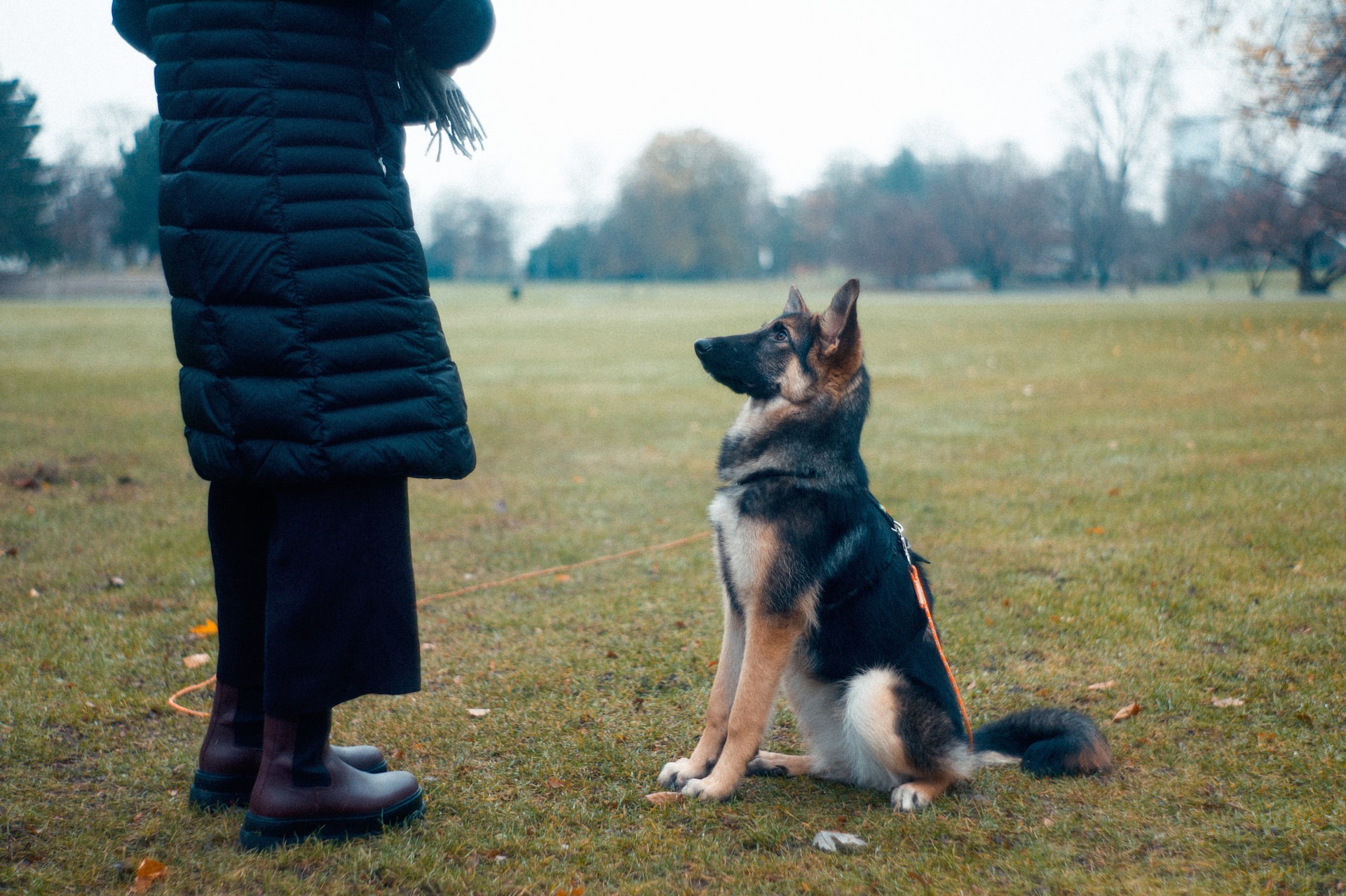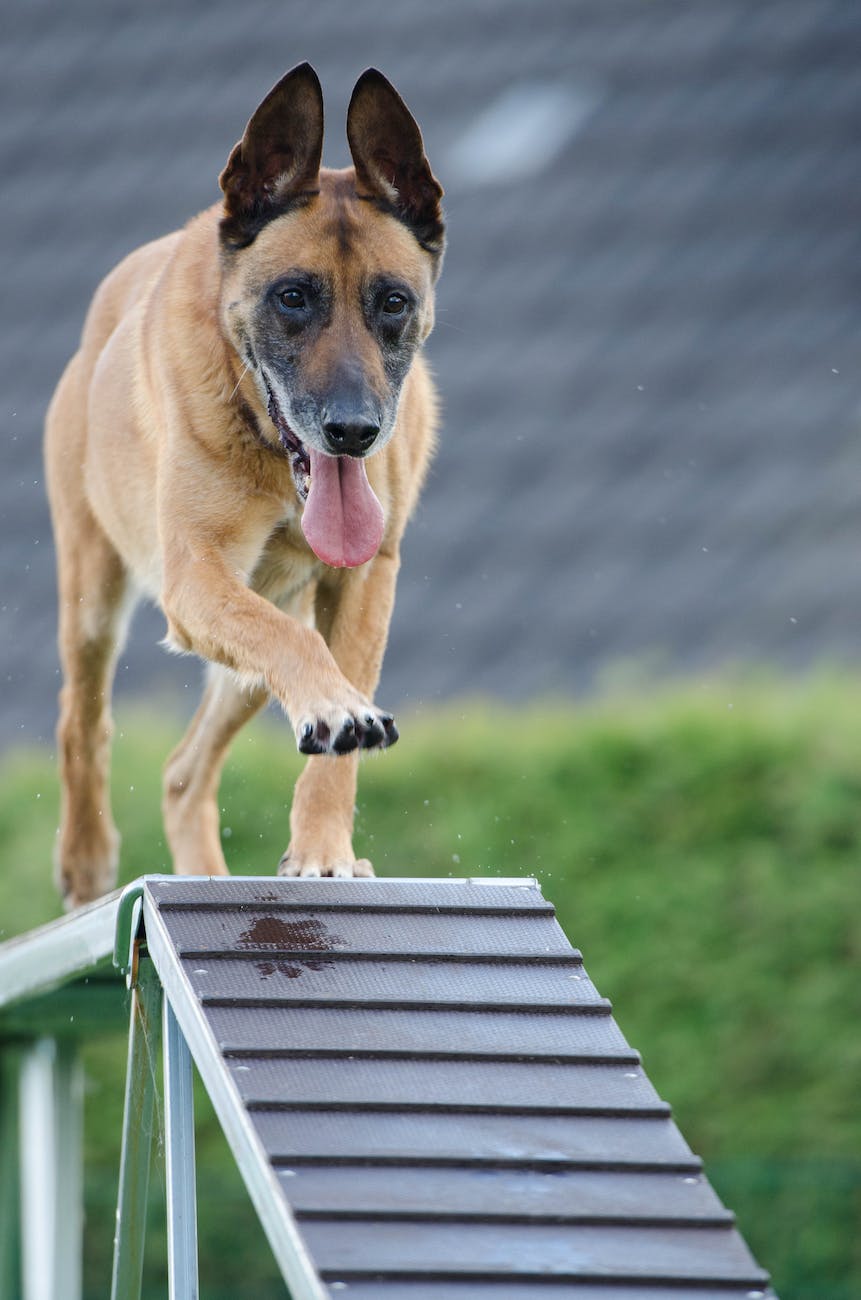
Are you looking for the best methods of dog training? Do you want to understand how to use positive reinforcement and consistent commands? From basic tips to explore advanced techniques, this guide will provide everything you need to know about effective dog training.
Introduction
Dog training can be an incredibly rewarding experience for both owners and their four-legged friends. It requires patience and dedication, but when done properly it can result in improved behaviour, increased safety, and enhanced communication between pet and owner.
Whether you’re a beginner or more experienced trainer, understanding the fundamentals of canine training is essential for success. In this article, we’ll discuss what types of dog training methods are available, when you should start working with your pup, and which techniques are most effective for reinforcing desired behaviours. Keep reading to learn more about the art and science of canine instruction.
What Are The Different Types of Dog Training Methods?
Training dogs can involve different approaches depending on the goals of the person conducting the sessions. For example, some trainers specialize in teaching tricks while others focus on obedience or agility. Here are some common types of dog training programs:
- Agility: This type of course teaches a dog to navigate an obstacle course that includes jumps, tunnels, weave poles, and other challenges. Agility classes help build strength and confidence as well as promote proper socialization skills.
- Obedience: Obedience classes teach dogs to follow simple commands like sit, stay, down, come, etc., using rewards such as treats and verbal praise. They also address behavioural issues such as excessive barking, chewing, and digging.
- Trick Training: Trick training involves teaching a dog fun activities such as playing fetch, spinning in circles, rolling over, and performing complex routines. These courses often incorporate problem-solving exercises that help sharpen a pooch’s mental acuity.
When Should I Start Training My Dog?
The best time to start training your pup is when they’re young — puppies under six months old have particularly quick minds and absorb information quickly. However, adult dogs can benefit from structured lessons too! Regardless of age, all canines need consistency when it comes to learning new skills so make sure to commit to regular practice sessions.
When starting out, begin with simple commands and keep each session short — no longer than 10 minutes at a time. Once your pup has mastered basic cues you can move onto more complex lessons like agility or trick training.
Positive Reinforcement Basics
Positive reinforcement is one of the most important concepts to understand when it comes to successful dog training methods. This technique relies on offering incentives (like treats) after good behaviours occur instead of punishing bad ones. Rewards can include food, toys, affection, attention, playtime, or anything else your pup enjoys!
To effectively utilize positive reinforcement during a lesson plan always offer rewards immediately after the desired behaviour occurs. With repetition, your pet will soon associate certain words or gestures with receiving treats — leading to better results overall.
Tips For Implementing Consistency in Training Sessions
Creating consistent commands is critical when trying to train your dog. Every time you repeat a cue try to say it in exactly the same tone and manner so that your pup can identify it easily and respond accordingly. Additionally, choose a specific reward system for positive behaviours — either giving treats every single time or only occasionally — and stick with it throughout all lessons.
Using consistency in terms of language, timing, incentives, and other aspects helps ensure that the message you’re sending your pup is clear and consistent — ultimately making it easier for them to comprehend and obey instructions.
Exploring Clicker Training Techniques
Clicker training is another popular method used by many professional trainers today. This approach employs a small device known as a ‘clicker’ to mark desired behaviors — typically followed up with treats or praise. Clicker training provides fast feedback which allows pets to understand precisely what behaviours are being rewarded.
Though clickers don’t actually give any physical incentive themselves, they do create an auditory signal that clearly indicates when good behaviour has occurred. Over time these associations become ingrained into a pup’s mind resulting in improved responsiveness to commands.
Incorporating Treats Into Training Routines
Food rewards are an integral part of any successful training program — especially those utilizing positive reinforcement methods. Choosing treats wisely is key — opt for healthy options that are easy to chew and digest yet appealing enough to motivate your pup during lessons.
When dispensing treats make sure not to overfeed your pet; just 1-2 pieces per session is usually enough to keep them focused on the task at hand without becoming overly full or sluggish. A balanced diet alongside occasional treat rewards will ensure your pup stays happy and healthy during their training journey.
Understanding The Principles Of Crate Training
Crate training is another popular form of instruction for pups — though it should never be used as punishment! Crates provide dogs with a safe space where they can relax away from people and animals — plus get relief from anxiety if needed. Make sure to introduce crates gradually and slowly acclimate your pet before leaving them alone inside overnight or for extended periods of time.
Additionally, keep crate size appropriate for your pup’s current size — there should be enough room for them to turn around comfortably but not so much space that they feel overwhelmed or confused by its large dimensions. Above all remember that crates should remain pleasant environments where pups feel comfortable and secure!
Managing Challenging Behaviors Through Dog Training Methods
Some challenging behaviours such as jumping up on visitors or excessively barking may require specialized instruction in order to be managed successfully. Professional trainers often employ desensitization exercises combined with positive reinforcement strategies in order to help modify difficult actions — such as teaching a dog alternative ways to greet guests rather than simply jumping up on them!
When faced with frustrating conduct take deep breaths and remain calm; maintaining composure is essential for helping pets cope with emotionally charged situations. Additionally, find ways to redirect negative energy towards more productive outlets such as providing mentally stimulating toys or exercise opportunities like walks or games of fetch.
Importance Of Socialization And Exercise For Your Dog
Socializing with other pets and people is crucial for developing sound relationships between owners and their companions. Allowing your pup to meet new faces in safe controlled settings helps cultivate respect and trust amongst multiple species thus creating lasting bonds that last a lifetime! Regular exercise likewise promotes health through weight management while providing stress relief and promoting quality sleep habits — two vital components of wellbeing.
Finally, engaging in group activities such as play dates or outdoor hikes offers enrichment opportunities that further enhance existing connections between pooches and their owners alike! So grab your leashes and head outdoors — fresh air does everyone some good!

Safety Considerations With Dog Training Methods
Safety must always be top priority when handling any type of animal — especially when working with larger breeds who possess considerable amounts of power. Take precautions such as keeping tools like collars out of reach when not in use and monitoring interactions closely between children and pets at all times — even if they’ve already established strong ties with each other previously.
If dealing with aggressive behaviour take extra care to avoid provoking triggers that might lead to further misbehaviour — plus make sure to consult a certified trainer prior to attempting any sort of rehabilitation efforts yourself as improper intervention can worsen matters instead of improving them!
Conclusion
From puppyhood onward our furry pals depend upon us for direction and guidance throughout their lives. Taking the time to properly educate ourselves on various canine instructional methods can greatly improve the bond between owners and their pets — leading to happier healthier relationships for everyone involved!



